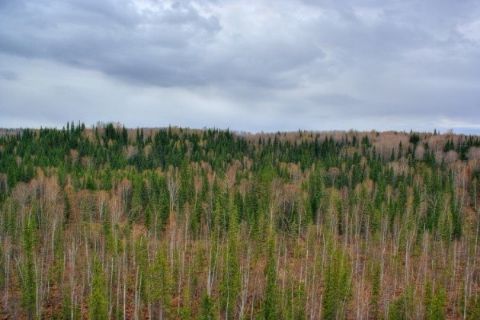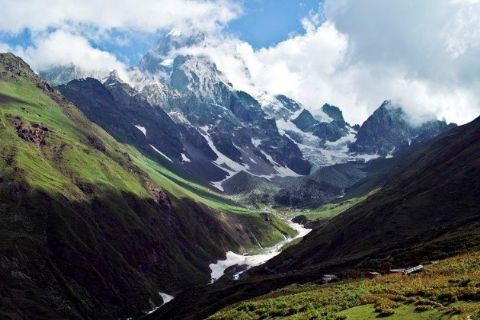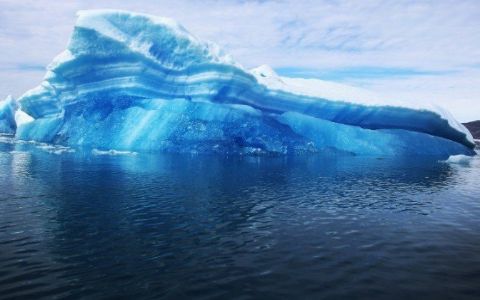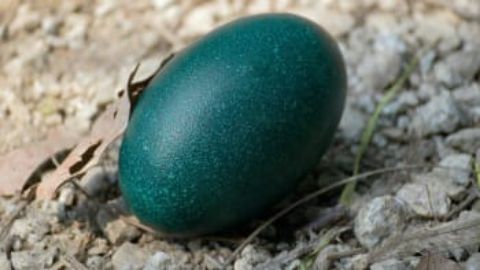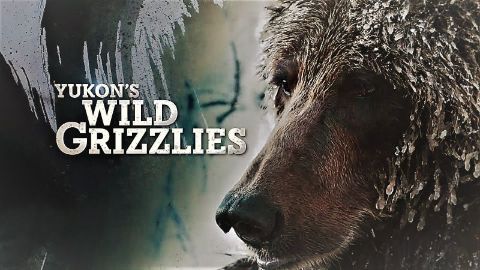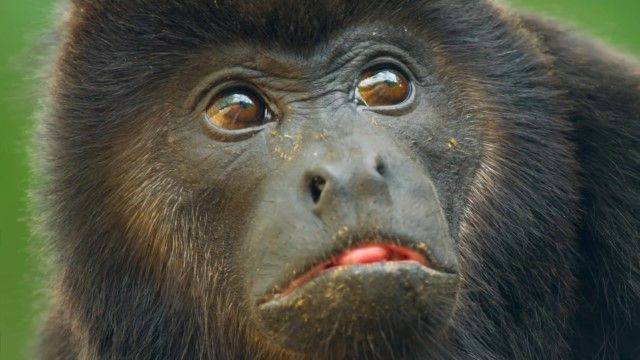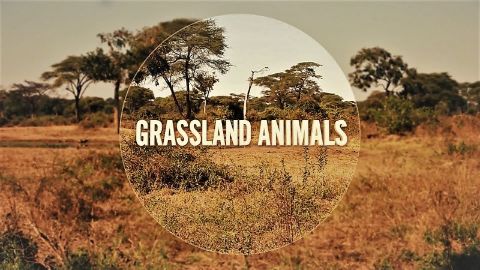Taiga Region • 2009 • episode "S1E2" • Wild Russia
There is no uncommon sight hanging on the trees of Asian black bears, chipmunks, scurrying about in search of food, as well as the sika deer, gracefully descend to the water to supplement your diet with brown algae. The very presence of deer and deer attracts the largest predator in this region - the Amur tiger. But the world's largest wild cat is also at risk. Poaching and destruction of habitat of tigers in the Ussuri taiga in Russia for many years have created a real threat of extinction of this rare animal.
Make a donation
Buy a brother a hot coffee? Or a cold beer?
Hope you're finding these documentaries fascinating and eye-opening. It's just me, working hard behind the scenes to bring you this enriching content.
Running and maintaining a website like this takes time and resources. That's why I'm reaching out to you. If you appreciate what I do and would like to support my efforts, would you consider "buying me a coffee"?
Donation addresses
BTC: bc1q8ldskxh4x9qnddhcrgcun8rtvddeldm2a07r2v
ETH: 0x5CCAAA1afc5c5D814129d99277dDb5A979672116
With your donation through , you can show your appreciation and help me keep this project going. Every contribution, no matter how small, makes a significant impact. It goes directly towards covering server costs.

